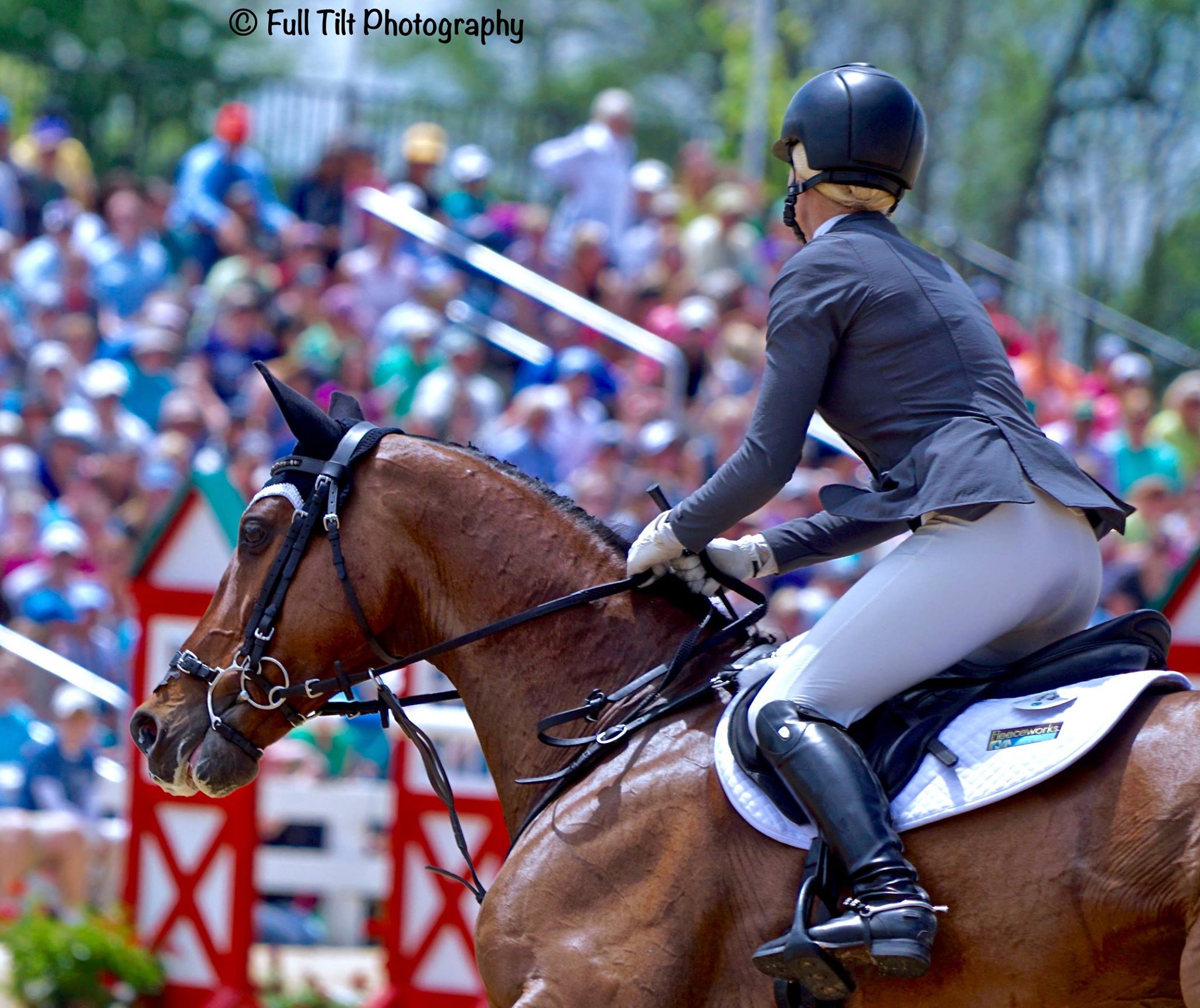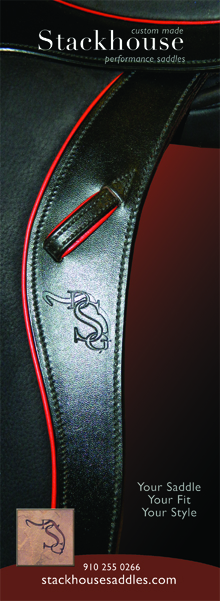Search the Site
Applying Dressage to Jumping (Current freebie!)

We've probably all heard it said that jumping is just good flatwork with jumps in the way. But why is that exactly? Good flatwork or dressage fine tunes your horse's responses to your aids, and puts him in a balance that allows him to use his body in the most athletic way possible. Which translates into the horse jumping courses to the best of his ability. Let's look at the specifics of how dressage helps the jumping.
Think of preparing to jump a course as a "pre-flight" checklist, similar to what a pilot goes through before takeoff. The pilot wants to make sure that every one of his little buttons and gages work perfectly. You can imagine the possible disastrous results if one of their controls does not work while in flight! The same holds true with a rider on a horse. Good flatwork ensures that your horse will go forward instantly when you ask, come back instantly when you ask, and turn with accurate precision. The horse should also easily lengthen and collect his stride, which enables him to adapt to the different challenges on a jumping course.
For example, a common question on course is to put a big wide oxer (or even several in a row) to get the horse really rolling in a long stride, and then test rider control by putting in a tight combination, or a tight turning question. Good flatwork and control is what makes that happen! Well, sometimes a clever and generous horse will help make it happen even without the rider having much say in the matter. So maybe I should instead say good flatwork is what makes it happen smoothly and effortlessly!
And while a naturally balanced and athletic horse can get by over big fences on their talent alone, a horse that is less naturally endowed requires good flatwork training to bring out his talent. There is another old and very true saying that correct flatwork should make the horse more beautiful. Teaching the horse to use his body correctly and always move in balance changes his musculature, making him more attractive to look at as well as maximizing his athletic abilities.
The sign of a good rider is that their aids are so subtle and smooth that you can hardly see what they are doing. And the sign of a really well trained horse is one that appears to be going along doing his job on his own, with the rider only having to give very light, subtle aids. Only good flatwork (whether it's called dressage or not) will teach the horse to be ultra responsive to light aids that will allow for that amount of harmony and unity between horse and rider.






